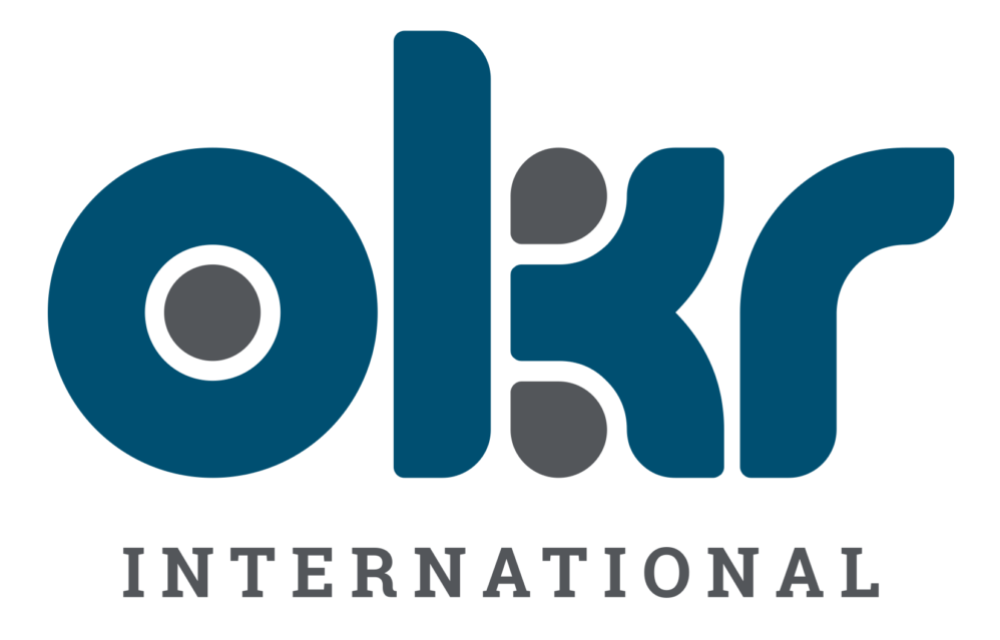The ‘Real’ OKR Implementation Guide
What you need to know before you go about implementing OKRs for the first time.
So, you’ve read a book, watched some videos and now you are ready for OKRs! You go ahead and even get yourself a ‘fremium’ software to run OKRs. You talk to your peers, colleagues or leaders in your company and everyone is gung-ho about the idea of exponential growth and alignment. You start crafting your OKRs and even begin implementing them. The first quarter may have looked slow, the second and third quarter is when you start realizing – ‘Hey, are we missing something here?’ or ‘Why are we not seeing the results?’
Does all this sound familiar?
Nearly 70% of companies fail with their OKR Implementation the first time. Simply getting an OKR software or reading a book does not ensure success. Designing OKRs is one thing; Implementing them is another. OKRs may be simple to understand but tricky when it comes to actually implementing them.
There are a host of factors that need to come together as a recipe for OKRs to work within your organisation. And the difficult part is that this recipe is not the same for all. The good news though is that the ingredients (factors) remain the same, what changes is how you tweak them each in order to create the perfect concoction for your organisation.
This article highlights the step by step guide to implementing OKRs and also lays out some critical factors that are important to get your own recipe going. However, this is indicative and not exhaustive in its intention to help you, the reader, in getting your act right.
Step 0
Before you start OKR Implementation, here are some critical-to-success factors that can make or mar your OKR initiative.
Factor 1: Organisational Readiness
OKRs require goals and its implementation to be transparent. This requires an organisation that has an open and agile culture where there is little space for politics, silos and hidden agendas. If leaders in the organisation continue to work and operate in mechanistic & control-oriented paradigms, bringing OKRs to such ecosystems would be quite like getting jet fuel to a rickety old truck. Besides transparency, agile cultures are also about tolerance for ‘fail-fast’ mistakes, an appetite for experimentation, an environment of real-time coaching and feedback and a place where people feel free to bring their best versions to work. This factor is part of one of the most Frequently Asked Questions on OKRs.
Factor 2: Buy-In of Key Stakeholders
I know an enthusiastic HR Lead from a technology company who was told by his CEO to get OKRs to the organisation. He went about getting certified in OKRs and then tried his hand at implementing OKRs. Guess what? It failed. The CEO was not only working in absentia but was completely uninvolved in the communication exercise which was so critical for the organisation to see that OKRs is not an HR activity, it’s a business activity, ergo a CEO initiative. While this was an example of how poor buy-in can blemish the process, here is an example of a non-tech company whose CEO decided to get OKRs to their company in order to become future ready and agile. The CEO not only ensured that the key CXO team was roped into the decision-making process, but also made them ambassadors of OKRs across the organisation. Townhalls showcasing the strategy map of the organisation, and how its annual OKRs linked to it, were held and key stakeholders were invited to learn about OKRs and cross-pollinate. Seeing the leadership team so committed on OKRs helped set the stage for all others involved in the OKR process.
Factor 3: The horse is never behind the carriage!
OKR software are enablers. Period! It’s a means to an end, not the end in itself. Getting the software is not going to ensure success with OKR implementation. Do not buy a software and get your people to start using it before you are clear about your own OKR framework. Remember! Just because it worked at Google, it will not work the same for you. There is no diktat or science here. Your ability to understand your organisational structures, systems, practices and culture will be key determinants of how well OKRs will work for you and in what shape or recipe. Therefore, running a few cycles of OKRs will give you a good inkling about what you eventually need in your software. And for Pete-sakes, get some external help. Bring someone who is an OKR expert that can guide you more about what not to do, than the other way around. Trying to save pennies could actually cost you pounds in the longer run. OKRs are simple to understand but get tricky when it comes to implementing them on your own.
OK, now that the foundations are laid, here are the key steps in going about implementing OKRs. These steps are mostly sequential and are designed for those teams or organizations that are looking at implementing OKRs for the first time.
The OKR Implementation Process

Step 1: OKR Orientation
The first thing to do when implementing OKR is to make sure everybody knows what OKR is and is willing to use it. This step is crucial if you want all team members be engaged in the process. The key outcome of this step is to create buy-in and complete understanding of OKR nuances. In many cases, key members are even Certified as OKR Practitioners and Champions
Step 2: Strategic Alignment
This step involves aligning organisational strategy, purpose, vision, and values with company level OKRs. The output of this session will be to create a strategic road map and OKR for the organisation. The CEO/MD should also spend time thinking about his/her own OKRs.
The company objectives are the first you need to write down. They are usually written by the CEO along with the leadership team (creating top-down & bottom-up alignment). Company OKR is the big picture, the top-level focus for the entire company.
Step 3: OKR Workshop
Workshops are where OKRs are crafted by team leads, unit heads or HODs, first for the whole year and then for the first quarter cycle. Teams and individuals come together to work on How to Write their OKRs. Care must be taken at this stage that the OKRs are relevant and they align to the broader company goals and eventually make sense keeping the strategy as a backdrop. This is a strenuous exercise for the first time, however once the OKR muscle is developed, the alignment comes naturally.
Step 4: OKR Validation
This stage is to whet out all OKRs and socialise it across the entire team for validation. Any changes needed would be proposed and the final OKRs are created here. Once the OKRs are finalised, it can be taken down to the next level where members of the unit, team or department come together in an all-hands workshop to create the BHAGS (Big, Hairy, Audacious Goals). These too are aligned to the departmental OKRs thereby ensuring a multi-directional alignment to the overall organisational goals. This is where you will experience the bottom-up and cross team or cross member alignment.
Step 5: OKR Software Implementation
This is a good time to get your OKR Software activate. Earmarked members participating the OKR initiative should be invited to learn how to use the system. Uploading your OKRs into the software allows everyone to easily view, follow and manage their OKR. It also helps to have a history of your previous OKR and get more actionable data for further improvement. More importantly, a dedicated software makes communication simple.
6: OKR Skills Development
The OKR framework requires core skills like Coaching & Feedback that are critical to the C-F-R (Conversation – Feedback – Reinforce) framework. Team leads and managers must develop their skills that are critical to the implementation of OKRs. The planning of OKRs is simple, it is the implementation that causes roadblocks quite often. These skills also provide members with tools and templates to manage the cadence review meetings and check progress on the software system.
Step 7: OKR Cadence Reviews
Planning the cadence schedule and the frequency of the cadence review is a daunting process. Allowing flexibility here is the key. Some teams may need weekly reviews while others may simply need reviews once a month. Whatever be the frequency chosen, getting it calendarized before the implementation begins is germane. During these meetings, progress is reviewed using agile-like sprint formats and graded along with updates to the OKRs onto the system. The cadence review meetings are also formal playground for members and teams to discuss what initiative or key results are working and which ones are not. Sharing learning, best practices and celebrating are critical components of the cadence review.
Step 8: Quarter-End Review
At the end of a cycle (quarter), you must evaluate your OKR to measure your accomplishment. Each level must present the result of its OKR and analyze how the grade was achieved. It is important to learn from the past OKR cycle to create the next. This session, with the entire team, enables the you to review the first quarter of OKR. Celebrating success stories, sharing challenges, and charting the path of the next quarter will form the core elements of this summit.



